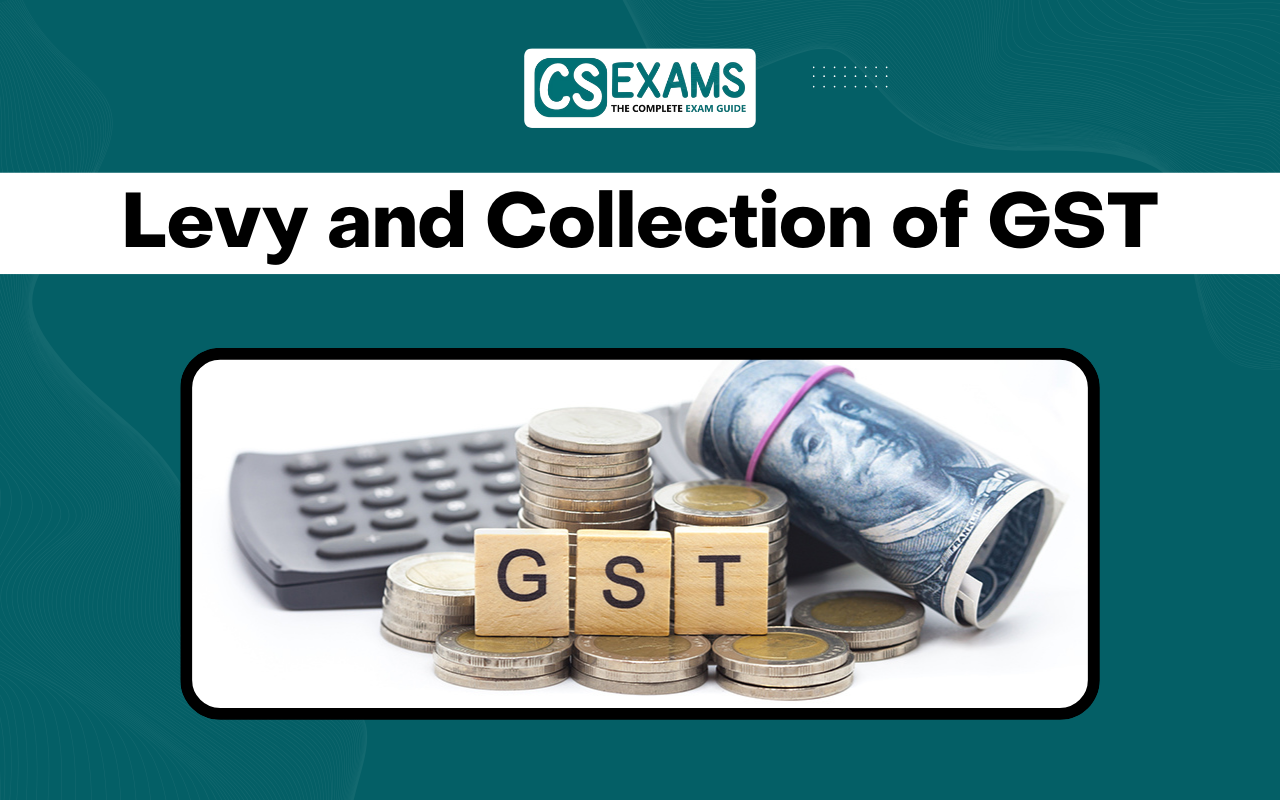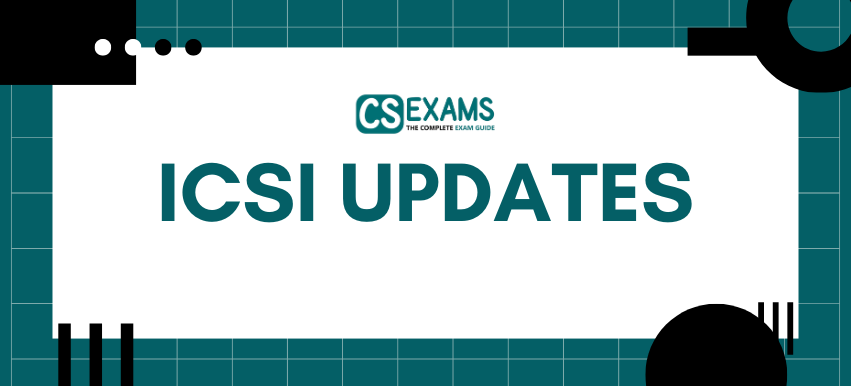The levy and collection of GST in India involve charging and gathering tax to ensure compliance and boost revenue, with a focus on streamlining tax processes and promoting economic efficiency.
Goods and Services Tax (GST) is a comprehensive indirect tax levied on the supply of goods and services in India. It came into effect on July 1, 2017. GST was implemented with the idea of creating one unified market by unifying all indirect taxes such as VAT, service tax, and excise duty.
The GST system splits into Central GST (CGST), State GST (SGST), and Integrated GST (IGST) depending upon whether the transaction was within a state or between the states. That structure simplifies tax administration as well as tax compliance toward the ultimate goal of improving economic efficiency and revenue generation.
What is GST, and how does it work?
GST is the single indirect tax of the nation that simplifies the taxation process. GST applies to every supply of goods and services from the manufacturer to the consumer. At each stage of value addition, input tax credits are also provided, which means they apply only to the value added. The end user pays only the GST from the last dealer, and all set-offs are passed down the chain of supply.
Elements of GST
GST consists of three components:
- Central GST (CGST): Collected by the Central government for supplies made within a state.
- SGST: The amount collected by the state governments on supplies made within the state.
- Integrated GST (IGST): Collected by the Central Government on supplies and imports crossing state borders.
How GST is Applied in India: A Detailed Explanation
The levies of GST have been specified in separate sections for CGST, SGST, and IGST. These sections provide details on how and when to apply the tax to ensure that all taxable transactions are covered under the GST regime. Below, we explain the specifics of each component and how they work within the GST framework.
Central GST (CGST)
The Central Government levies the GST on both the supply of intra-state goods and services. The dual GST was implemented as a method for streamlining and rationalizing the Indian tax regime.
- Levy and Collection of GST: In the Central Goods and Services Tax Act 2017, CGST is levied on all intrastate supply of goods and services except alcoholic liquors for human consumption. This tax is rateable, again depending upon the value of the supply determined under Section 15 of the CGST Act, up to a maximum rate of 20%, as determined by the GST Council.
- Reverse Charge Mechanism (RCM): Some supplies are liable to reverse charge mechanism, where the recipient pays the tax rather than the supplier. This applies to specific categories of goods and services, such as supplies from unregistered suppliers to registered recipients.
- Petroleum Products: The tax on petroleum products such as crude oil, diesel, petrol, natural gas, and aviation turbine fuel is suspended until notified by the government based on the recommendation of the GST Council.
State GST (SGST)
The state governments collect state goods and services tax (SGST) on the supply of goods and services within the state. SGST will ensure that the states get their share of revenue from the GST system, which would enable them to finance state-level expenditures.
-
Levy and Collection: SGST is mandated under the SGST Act, 2017 of the respective states. It would be levied on all intrastate supplies of goods and services. It is at the same rate as CGST to ensure that the tax system is uniform throughout the nation. Every state can enact its regulations under SGST, subject to the guidelines from the center.
-
Combining with CGST: At intra-state, both CGST and SGST will be charged. Tax rates for both taxes are usually the same so that both the central and state governments can share equal revenue from the transaction.
Integrated GST (IGST)
The Central Government imposes IGST on interstate supply of goods and services, including imports and exports. IGST ensures the sharing of tax revenue between the central government and the state governments for cross-state transactions.
-
Levy and Collection: IGST is governed by the Integrated Goods and Services Tax Act of 2017. It is applied to all interstate supplies of goods and services and imports into and exports from India. The tax rate is based on the supply value as determined under Section 15 of the IGST Act, with the rates recommended by the GST Council. The maximum tax rate can go up to 40%.
-
Revenue Share: the IGST revenue is shared between the Central and State Governments, wherein a share thereof is collected in the destination state where the goods or services consumed lie.
How to Collect GST in India?
The collection of GST involves multiple steps to achieve compliance and appropriate revenue flow. Thus, for a taxable supply, the registered suppliers issue tax invoices that include details of the CGST, SGST, or IGST payable.
-
Returns Filing: The businesses file monthly, quarterly, and annual GST returns based on their turnover and category. The returns include outward and inward supplies, tax collected, and input tax credit claimed.
-
Payment of Tax: GST payments are made through the GST portal. Credits on input tax help reduce the liability of a person under GST so that the net tax is paid.
-
E-Way Bill: An e-way bill is required to be generated for the movement of goods if the value exceeds a certain amount. This ensures that tax compliance is maintained while transporting goods.
Benefits of GST
There are a number of benefits for businesses and the economy due to GST. Some of them are:
-
Simplification of Tax Structure: The entire gamut of indirect taxes is being replaced by one unified tax in GST, thus streamlining the tax process and lowering compliance burdens for businesses.
-
Elimination of Tax Cascading: The input tax credit mechanism of GST eliminates the cascading effect of taxes, thereby reducing the overall tax burden on goods and services.
-
Creation of Common Market: GST has integrated India's market, allowing for free flow of goods and services across the state borders and increasing economic efficiency.
-
Increased Revenue Efficiency: GST has resulted in a higher tax base, thereby increased compliance and, more importantly, much enhanced tax revenues for the government.
Challenges of GST
Despite its virtues, GST implementation has been subjected to several obstacles. Here are some common challenges of GST:
-
Complexity and Compliance: Transitioning to GST has been complex since businesses have had to adapt and be compliant with new regulations and filing requirements.
-
Impact on prices: GST changed the way good and service pricing was done. It has been affecting consumer prices and inflation.
-
Technological Infrastructure: The success of GST is reliant on strong technological infrastructure. Glitches in the GSTN can affect the filing and payment processes.
-
Inter-State Coordination: The smooth coordination between states while collecting and apportioning IGST is very critical for the successful implementation of GST.
Conclusion
The levy and collection of GST in India are significant reforms in the tax system of the country, as they try to make a common market and simplify the tax structure. Though the implementation of GST is quite challenging, the benefits it has given in the matter of increasing revenue efficiency, breaking the tax cascading chain, and creating a common market are very evident. Continuous improvements and addressing the challenges will ensure that GST achieves its full potential, benefiting businesses and the economy as a whole.








